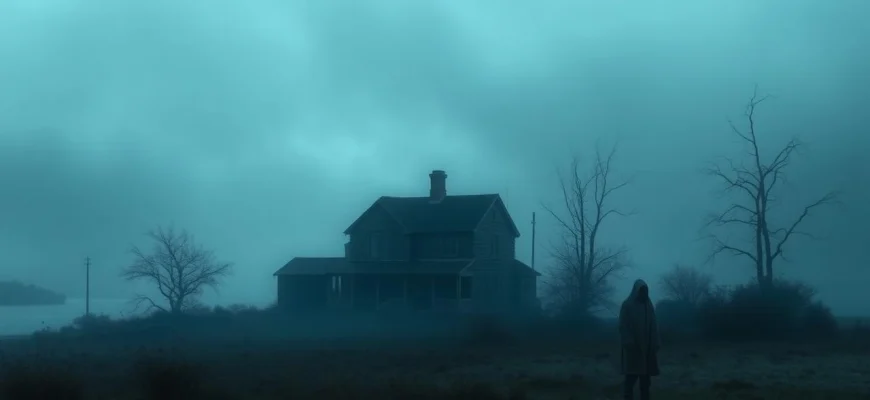If you were captivated by the eerie atmosphere and psychological depth of 'Lake Mungo' (2009), you're in for a treat. This article explores 10 movies and shows that share its haunting themes of grief, mystery, and the supernatural. Whether you're a fan of slow-burning horror or documentaries with a twist, these recommendations will keep you on the edge of your seat, just like 'Lake Mungo' did.
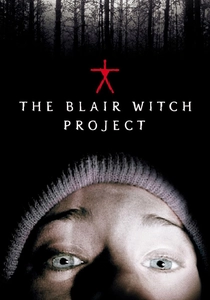
The Blair Witch Project (1999)
Description: Similar to Lake Mungo, The Blair Witch Project employs a found-footage style to create a sense of realism and psychological horror. Both films explore themes of grief, loss, and the unknown, using documentary-style storytelling to blur the lines between fiction and reality. The slow-burn tension and ambiguous ending in both films leave much to the viewer's imagination.
Fact: The Blair Witch Project was marketed as a real documentary, leading many to believe it was based on true events. The film's budget was only $60,000, but it grossed over $248 million worldwide. The actors were given minimal direction and were often genuinely scared during filming.
 Watch Now
Watch Now 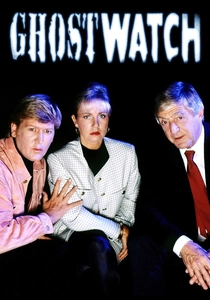
Ghostwatch (1992)
Description: Ghostwatch, like Lake Mungo, uses a faux-documentary format to create a sense of realism. Both films play with the idea of what is real and what is staged, leaving the audience questioning the truth. The slow reveal of supernatural elements and the focus on a family's trauma are central to both stories.
Fact: Ghostwatch was originally broadcast on BBC as a live event, causing widespread panic. The show was banned for years due to its realistic portrayal of a haunting. It starred real-life TV presenters, adding to its authenticity.
 Watch Now
Watch Now 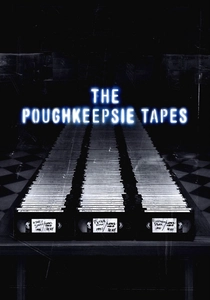
The Poughkeepsie Tapes (2007)
Description: The Poughkeepsie Tapes shares Lake Mungo's mockumentary style, blending interviews and found footage to tell a chilling story. Both films delve into the aftermath of a tragic event, exploring themes of trauma and the unknown. The realistic approach in both films makes the horror feel more immediate and personal.
Fact: The film was shelved for years before finally getting a limited release. The director, John Erick Dowdle, went on to direct Quarantine and Devil. The film's disturbing content led to its delayed release.
 Watch Now
Watch Now 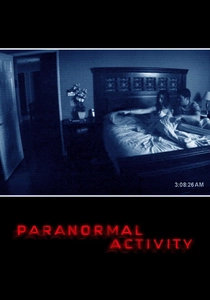
Paranormal Activity (2007)
Description: Like Lake Mungo, Paranormal Activity uses a found-footage approach to create an intimate and unsettling atmosphere. Both films focus on supernatural occurrences within a domestic setting, emphasizing the psychological impact on the characters. The slow buildup of tension and the use of minimalistic visuals enhance the sense of dread.
Fact: Paranormal Activity was shot in just seven days on a budget of $15,
 Watch Now
Watch Now 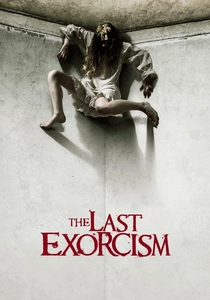
The Last Exorcism (2010)
Description: The Last Exorcism shares Lake Mungo's documentary-style approach and themes of doubt and belief. Both films explore the psychological and emotional toll of supernatural events, using interviews and found footage to build tension. The ambiguous endings leave the audience questioning what really happened.
Fact: The film was shot in a documentary style to enhance realism. It was produced by Eli Roth, known for his work in the horror genre. The ending was controversial and debated among fans.
 Watch Now
Watch Now 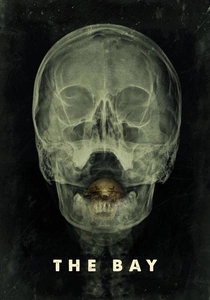
The Bay (2012)
Description: The Bay shares Lake Mungo's found-footage and documentary-style storytelling. Both films explore environmental horror and the breakdown of a community. The use of multiple perspectives and real-world fears adds to the films' unsettling nature.
Fact: The Bay was directed by Barry Levinson, known for more mainstream films. It combines found footage with news reports and interviews. The film's premise is based on real environmental concerns.
 Watch Now
Watch Now 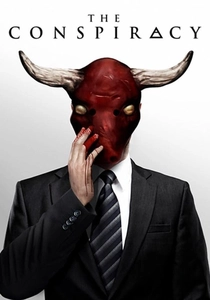
The Conspiracy (2012)
Description: The Conspiracy, like Lake Mungo, uses a documentary-style approach to explore themes of paranoia and the unknown. Both films blur the line between reality and fiction, leaving the audience questioning what is true. The slow reveal of hidden truths is a key element in both.
Fact: The film was inspired by real conspiracy theories. It was shot in a found-footage style to enhance realism. The director, Christopher MacBride, is known for his work in psychological thrillers.
 Watch Now
Watch Now 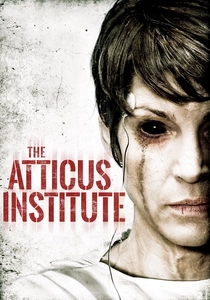
The Atticus Institute (2015)
Description: The Atticus Institute shares Lake Mungo's mockumentary style and themes of psychological and supernatural horror. Both films use interviews and archival footage to tell their stories, creating a sense of authenticity. The focus on a mysterious and tragic event is central to both.
Fact: The film is presented as a declassified government documentary. It explores themes of possession and scientific experimentation. The director, Chris Sparling, is known for his work in thriller and horror genres.
 Watch Now
Watch Now 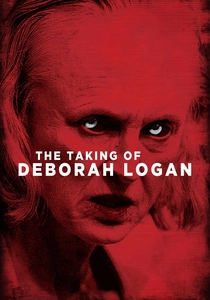
The Taking of Deborah Logan (2014)
Description: The Taking of Deborah Logan, like Lake Mungo, uses a documentary format to explore supernatural horror. Both films focus on a family's struggle with a loved one's descent into madness, blending psychological and supernatural elements. The slow buildup and shocking reveals are key to both films.
Fact: The film was praised for its realistic portrayal of dementia. It was shot in a found-footage style to enhance realism. The lead actress, Jill Larson, delivered a standout performance.
 Watch Now
Watch Now 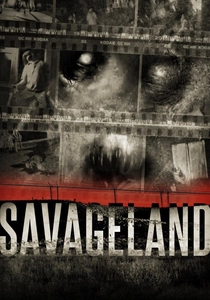
Savageland (2015)
Description: Savageland, like Lake Mungo, uses a mockumentary format to tell a haunting story. Both films rely on photographs and interviews to piece together a tragic event, creating a sense of unease and mystery. The focus on a small community's reaction to horror is a common thread.
Fact: The film is presented as a true crime documentary. It uses faux photographs to tell its story. The director, Phil Guidry, is known for his work in indie horror.
 Watch Now
Watch Now 
